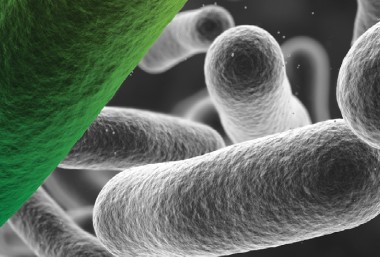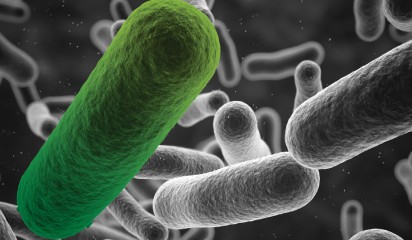The biotechnology industry will welcome the decision of the Federal Court of Australia Full Court (FCAFC) that isolated DNA and RNA are patentable subject matter.
In the long-awaited decision between D'Arcy v Myriad Genetics Inc [2014] FCAFC 115, the Court of five judges unanimously concluded that Myriad Genetics' breast cancer genes were patent eligible subject matter. More specifically, the Court held that isolated nucleic acid results in an artificially created state of affairs for economic benefit, which is properly the subject of a patent.
The court specifically rejected the US Supreme Court analysis that the claims are primarily directed to information contained in the genetic sequence [rather than] the specific chemical composition of a particular molecule.
The Federal Court's view is that an isolated nucleic acid is a claim to:
- a compound; a nucleic acid. It is not a claim to information.
- the isolated nucleic acid (ie, a nucleic acid taken out of the genome and removed from the cell).
The US Supreme Court metaphor likening isolated nucleic acid to a branch snapped off a tree was also rejected as inapposite. Unlike the branch which has not changed, the Federal Court takes the view that the chemical and physical makeup of the isolated nucleic acid renders it not only artificial, but also different from its natural counterpart. There are structural differences, and more importantly functional differences, because of isolation.
The Court notes that whether gene sequences should be excluded from patentability for policy, moral or social reasons is a matter for Parliament not the Court. The Court reiterates that the Australian Law Reform Commission (ALRC) and Parliament have considered the issue of patenting genetic materials and that 'no new approach to the patenting of genetic materials is warranted'.
Some of the reasons given by the ALRC for maintaining patentability of genetic materials were that to do otherwise:
- would represent a significant and undesirable departure from accepted international practice with respect to genetic inventions
- would be difficult, on any rational basis to confine reform to genetic materials and technologies, yet the extension of the reform to other fields where the patenting of pure and isolated chemicals that occur in nature is uncontroversial may have unknown consequences.
The decision in National Research and Development Corporation (NRDC) from 1959 was cited as setting out the long-accepted principles of what is the proper subject matter for a patent.
It is sufficient for a product to result in 'an artificially created state of affairs' leading to an 'economically useful effect'.
The isolated DNA is different to the gene comprising the nucleic acid sequence as it exists in nature (an artificially created state of affairs) and also leads to an 'economically useful result - in this case the treatment of breast and ovarian cancers'. The claimed product is therefore the proper subject for a patent in Australia.
The United States Patent and Trademark Office (USPTO) is grappling with the possibly unintended consequences of the US Supreme Court decision as it tries to set guidelines dealing with the patentability of naturally occurring products. Time will tell whether the US Supreme Court and USPTO are setting a new direction worldwide for protection of such materials, or whether their approach is a significant and undesirable departure from international practice.
Australia and the United States are two of 12 countries currently negotiating the Trans-Pacific Partnership agreement on free trade. Historically, the US has always required its trading partners to have strong intellectual property laws providing protection for a broad range of technologies. It would be interesting to know if it is now advocating for some of its major trading partners to weaken their protections for intellectual property.








